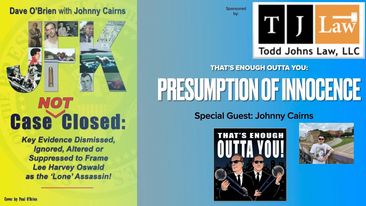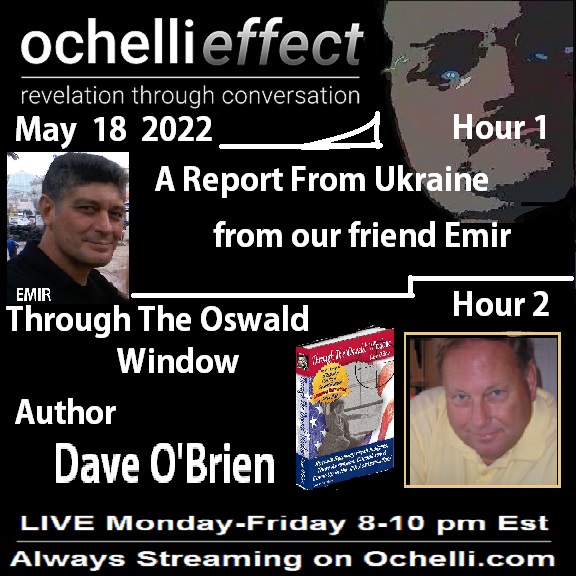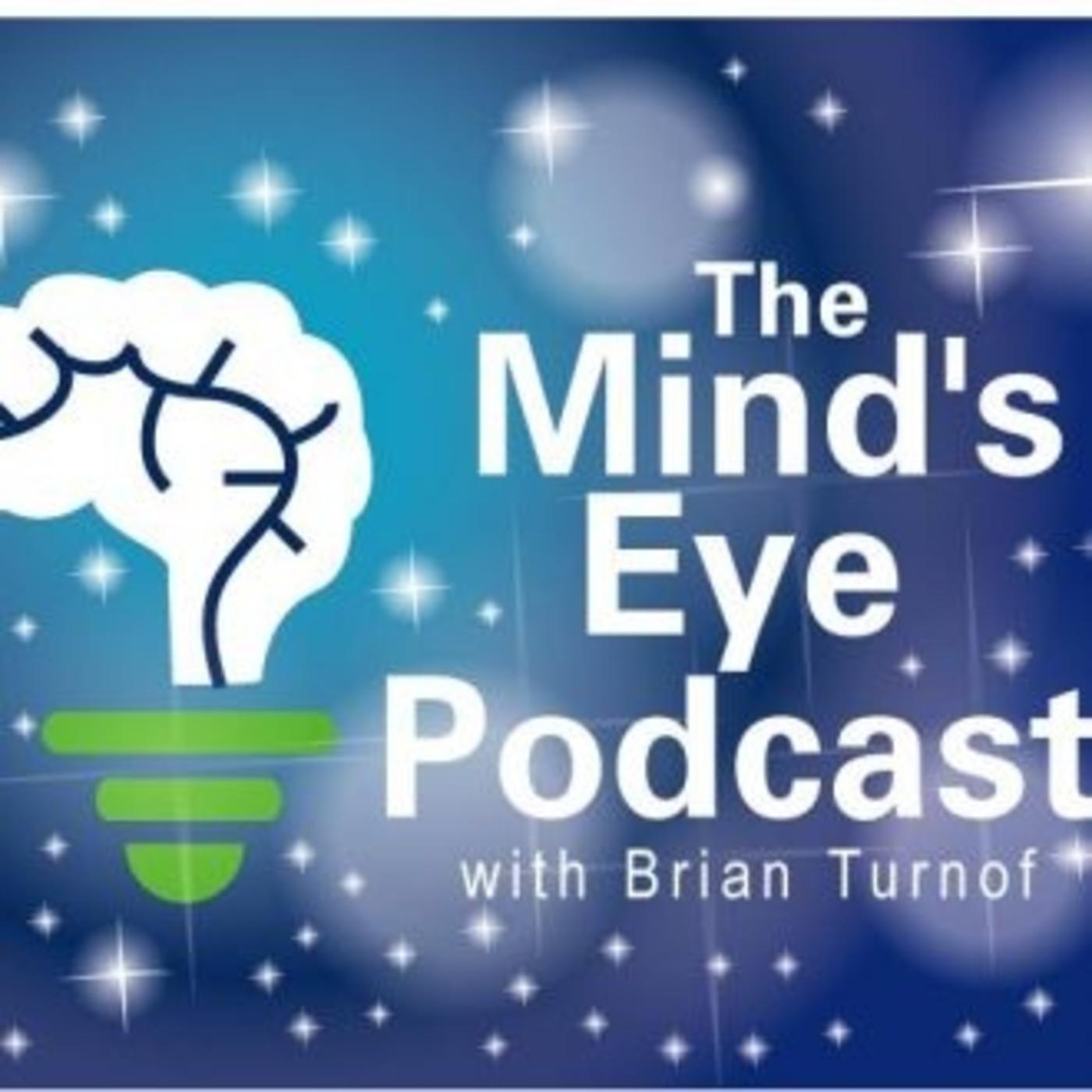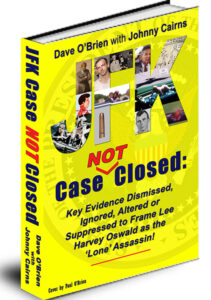From the book JFK Case ‘NOT’ Closed!
Chapter 9
The Natural, Instinctive
Physical Reactions of Three Key People
in Dealey Plaza that Prove a Second Gunman!
Of the more than 600 people who had a rendezvous with history at 12:30 p.m. in Dealey Plaza on November 22, 1963, just three of them share a gruesome telling moment that could finally bare truth to the biggest lie of the 20th century, namely that:
President John F. Kennedy was fatally
shot by a ‘lone’ assassin positioned
above and behind him.
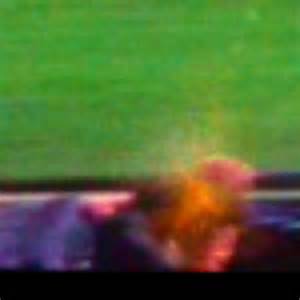
In naming Lee Harvey Oswald as the ‘lone’ assassin perched at the 6th floor southeast corner window of the Texas School Book Depository building, the Warren Commission concluded that the third and last shot he fired entered the rear crown area of JFK’s head and explosively exited just above his right ear, causing non-survivable damage.
Is this really how John F. Kennedy died?
Despite the many ignored eyewitness and earwitness claims of at least one shot coming from the right-front of the President’s limousine (see chapter 15), what happened to these three key individuals distinguishes them from everyone else in Dealey Plaza.
Apart from the clearly visible physical reaction of President Kennedy as a direct result of a gunshot to his head, it must be asked why two other people experienced identical instinctive physical reactions to JFK’s fatal head shot at the exact same time.
The first of these two unique witnesses was the First Lady of the United States, Jackie Kennedy, seated at left of her husband in the open limousine.
It’s not her riveting testimony as to what happened that compels us to this day. Due to the shock of the moment, she had no conscious recollection of what occurred during those critical moments.
The other unique witness, on the other hand, offered problematic testimony as to what he heard and subsequently happened to him as a direct result of the JFK lethal head shot.
Accordingly, his testimony was omitted from the summary edition of the Warren Report and was buried in the 26 supplemental volumes that few people ever read.
That witness, Dallas police motorcycle officer Bobby Hargis, riding along the left rear bumper of the President’s limousine at the time of the shots, is forever linked to Jackie and Jack Kennedy by these points of commonality:
As a result of the fatal head shot, all three
experienced identical instinctive, natural
physical reactions beyond their control.
and
The shot that killed JFK and caused the corresponding
instinctive, natural physical reactions of Hargis and Mrs. Kennedy
could NOT have come from above and behind the limousine!
BUILDING BLOCKS OF EVIDENCE
What’s fascinating about the two survivors is that they are witnesses who tell us what happened to President Kennedy not so much by what they saw or heard but how they subconsciously reacted immediately after the lethal head shot.
It is important to reiterate that Jackie Kennedy and Bobby Hargis experienced immediate ‘natural, instinctive physical’ reactions to the President’s head shot that mirrored each other’s subconscious reaction to what just happened. This makes them unique to everyone else at the crime scene.
The sudden and unscripted reactions of Jackie and Bobby Hargis, though not known to each other at that moment, confirm each other’s actions as evidence of how JFK died – which is at odds with how the Commission says Kennedy died.
As the Abraham Zapruder and Orville Nix films show JFK’s head snapping violently backward as an immediate result of a bullet impact to his head, there are only two ways to explain his uncontrollable reaction:
1. Commission Says – Kennedy’s head snapped back toward the origin of the shot because he experienced a ‘neuromuscular reaction’ instantly after the head shot.
2. Science Says – Per Newton’s Second Law of Motion, Kennedy’s head slammed back against the backrest of his car seat because a head shot came from the right-front of the car and exited the rear of his skull.
To be discussed momentarily, a third option has emerged as the more likely truth about how JFK died thanks to the independent research of four respected medical scientists – Dr. Cyril Wecht, Dr. David Mantik, Dr. Michael Chesser and Dr. Gary Aguilar.
But first, let’s look at how the instinctive, natural, physical reactions of Jackie Kennedy and officer Hargis immediately as a result of the fatal JFK head shot disproves the Commission’s lone gunman conclusion:
JACKIE’S INSTINCTIVE REACTION
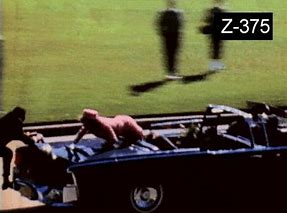
To everyone’s horror when watching the Zapruder film, we are stunned to see Jackie reacting to her husband being fatally shot by jumping out onto the trunk of the limousine.
Why did she leave her car seat and mortally wounded husband to crawl out onto the trunk?
It was a completely subconscious reaction to the trauma of the moment. Apart from knowing that her husband had been shot, she did not recollect her reaction. Only when shown the Zapruder film did she know that she had instinctively and physically acted out in this manner and why she did it.
Mrs. Kennedy saw a piece of her husband’s skull fly out of the car and land on the trunk. Out of pure instinct, she went after the skull bone, retrieved it and clasped it in her hand until a nurse at Parkland Hospital got her to give it up.
From an evidence standpoint, Mrs. Kennedy’s ‘instinctive’ physical reaction is quite telling. The key point is that she jumped out over the ‘back’ of the car seat and onto the trunk because that’s where the skull bone went as a result of a bullet striking her husband’s head.
This strongly indicates that the bullet that caused the President’s head to be thrown violently back and to the left, instantly followed in the same direction by a sizeable piece of his skull bone, came from the right-front of the limousine.
Had the head shot come from the so-called ‘Oswald’ window above and behind as concluded by the Commission, why wouldn’t we have seen JFK’s head be thrust violently ‘forward’ upon impact followed by brain and skull debris being propelled into the jump seats ahead occupied by Nellie and John Connally?
In reaction to a shot from the rear, we might expect to see Jackie chasing a piece of skull into the jump seats ahead of her. This didn’t happen. As both Mr. and Mrs. Connally testified before the Warren Commission, only a fine reddish mist of the President’s blood and brain matter reached them in the limousine.
Had Oswald lived to stand trial, the instinctive physical reaction of Jackie and the corroborating testimony of Nellie and John Connally would have been used by Oswald’s defense team to show that he could not have fired the shot that killed President Kennedy.
SIMILAR REACTION, SAME CONCLUSION
Dallas motorcycle police officer Bobby Hargis had quite a different experience that day but it affirms what happened to Jackie and Jack Kennedy as a result of the deadly head shot.
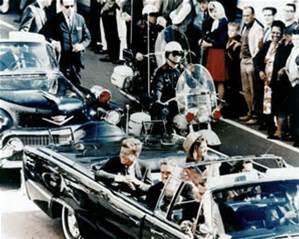
Hargis did not see the bullet impact to JFK’s head but like the skull bone that flew back and to the left onto the trunk as a result of the head shot, his immediate reaction helps us understand why Jackie did what she did.
Officer Hargis was riding along the left rear bumper of the President’s limousine on Elm Street, placing him just over Jackie’s left shoulder as the shots rang out.
Hargis told the Commission that as the motorcade was proceeding along Elm Street, from his position at the left rear bumper, he heard what he took to be a gunshot.
Very soon after the sound of the shot, Hargis says the protective shields on his motorcycle and helmet were spattered by a spray of misty blood and brain tissue that startled him enough to momentarily disorient him and cause him to slightly lose balance on his bike.
At this moment, Hargis’ experience with firearms kicked in as he recognized the sound as a gunshot versus, for instance, a motorcycle backfire, both of which he was quite familiar with.
Hargis also testified, despite being told by Commission counsel that all the shots came from above and behind the limousine, that the direction of the flow of blood and brain matter that hit him had to be the result of a gunshot coming from his right-front.
Having to make an instant decision to either help escort the President’s car to a nearby hospital or stay at the crime scene, Hargis chose to park his motorcycle at the scene.
Based on his position in relation to Kennedy at those critical moments, Hargis followed his instincts and ran to the west end of the grassy knoll at his right-front. He raced to the picket fence where he thought the shot came from but did not see anything suspicious.
TWO GUNMEN TRIFECTA
Here we have three key people who had similar instinctive physical reactions apparently caused by the origin of the fatal head shot being the grassy knoll to the right-front of the car. These telling reactions are supported by dozens of witnesses in Dealey Plaza who report a gunshot as coming from the grassy knoll that Hargis also suspected.
Obviously, the victim never got to testify but his uncontrolled physical reaction as graphically seen on the Zapruder and Nix films substantiate what Hargis experienced.
Survivor Jackie Kennedy got to testify but her recollection was impaired by the personal trauma of the moment. Again, her instinctive physical reaction to the head shot is consistent with her husband’s involuntary reaction and that of officer Hargis.
Witness Bobby Hargis got to testify to an unreceptive Warren Commission. Although what happened to Hargis and how he reacted to it totally aligns with what happened to the President and Mrs. Kennedy in the car very near him, the Commission made sure that Hargis’ testimony would be known to as few people as possible.
NEW TECHNOLOGIES, NEW FINDINGS
Since the deadly shot to President Kennedy’s head has become so vital to the lone gunman versus multiple gunmen debate, the instinctive physical reactions of these three individuals needs to be examined by any new official inquiry.
Simply stated, if any new technology can be applied to the mysteries surrounding the JFK head shot, in addition to proving or disproving the ‘Single Bullet Theory,’ there still exists a chance to solve this case.
A collaboration between science and Hollywood special effects may be our best bet. It would be imperative to replicate the crime scene precisely in every detail, especially the mass and bone structure of JFK’s head, not to mention the position of these three key people in relation to each other.
Or as chapter 17 details, it may no longer be necessary to reconstruct the crime scene or the shooting sequence thanks to the modern wonders of imaging. And as demonstrated in chapter 16, modern technologies applied to existing physical evidence by qualified medical experts is changing the official historical record of the events of 11/22/63.
One example pertaining to JFK’s death by gunshot damage to the head is the research by these four doctors, all of which have independently examined the medical evidence in the National Archives.
After what is clearly a lethal shot impact to Kennedy’s head, the Zapruder film shows a very brief forward movement of JFK’s head, which is quickly and abruptly halted and followed by a much more violent and rapid snap of Kennedy’s head back and to the left.
The Warren Commission explained the double head movement as follows:
Frontal Movement – Was caused by a bullet fired from the 6th floor Book Depository window that struck JFK in the rear crown area of his head.
Backward Movement – Within a nano-second of the bullet impact to the rear of JFK’s skull, driving his head forward, the President experienced a ‘neuromuscular reaction’ that suddenly reversed the direction of his head and upper body, slamming him to the back of the car seat.
A neuromuscular reaction occurs when muscle contractions take over the body’s movement as a result of a sudden trauma. The Commission used this explanation to claim that the fatal head shot came from Oswald’s rifle above and to the rear of the target.
Would a neuromuscular reaction hold up to modern day testing? It would have to establish beyond reasonable doubt that it’s possible that Kennedy’s barely noticeable frontal movement as a result of a bullet impact to the head was abruptly halted by a neuromuscular reaction with a force able to reverse his upper body movement many times greater than the initial force of the bullet’s impact.
Dr. Michael Chesser, a neurological scientist whose research is featured in chapter 13, doesn’t believe the Commission’s neuromuscular reaction narrative to be valid.
“I think that the violent head movement backwards was caused by the mechanical force of a shot from the front,” he states.
“I don’t know of any type of neuromuscular reaction which would cause a movement of the head which would be this rapid.
“The most common reaction to a massive traumatic brain injury of this type would be a sudden loss of muscle tone, termed flaccid paralysis.
“A seizure could be triggered by brain trauma, but there wasn’t any movement of President Kennedy which would suggest a seizure, and again, the backwards head movement was too violent and rapid,” Dr. Chesser offers.
But what about the brief frontal movement of JFK’s head cited by advocates of the Commission’s ‘Oswald acted alone’ conclusion?
“I think that the short forward movement of the head was caused by the first head shot entering low in the right occipital region, the WC entry site,” reasons Dr. Chesser in support of the original autopsy finding of a bullet entry at the back of the skull.
As chapter 13 details, Dr. Chesser’s study of the autopsy photos and x-rays in the National Archives confirmed a trail of bullet fragments in the upper skull that could only have come from a bullet entering near the hairline of the forehead.
Additionally, Dr. Chesser notes that the ‘snowstorm’ of bullet fragments he tracked from the front of the skull to near the back of the skull could not have been deposited by a 6.5 mm copper jacketed bullet fired by Oswald’s Mannlicher-Carcano rifle.
Lastly, Dr. Chesser’s expert eyes detected what appears to be a medical incision on the right side of the forehead obscured by JFK’s hair. The size of the incision appears to be designed to conceal a small wound at that location, such as a bullet entry wound.
THE INSTINCTIVE PHYSICAL REACTIONS EXPLAINED
Thanks to the research by Drs. Wecht, Mantik, Chesser and Aguilar, we can now explain the identical physical reactions of President Kennedy, Mrs. Kennedy and officer Hargis as follows:
The initial gunshot that struck Kennedy in the back of the head, causing his head to move forward, was instantly followed by a gunshot that entered the front of the skull, driving his head and upper body violently back and to the left against the car seat!
A different caliber weapon and bullet fired from the front scientifically explains Kennedy’s considerably more violent rearward head movement than the Commission’s neuromuscular reaction theory.
Dr. David Mantik cites evidence of a second shot to the head by a forward sniper but as Dr. Chesser points out, “Whether there was one or two shots from the front, the Warren Commission’s lone gunman position becomes a moot point.”
In addition to explaining the double movement of JFK’s head after Zapruder frame 313, a lethal shot from the front also explains the instinctive, physical reactions of Mrs. Kennedy and officer Hargis.
“The bloody fluid which hit officer Hargis in the face hit him with such force that it could only have been caused by an exit wound at the back of the head,” offers Dr. Chesser.
And clearly the bone fragment that Mrs. Kennedy chased onto the trunk of the car was also the result of an exit wound at the rear of JFK’s head.
Sorting fact from fiction may be sooner than you think despite the passage of time. Toward that end, any new investigative body would be wise to recruit the imaging and 3D realism talents of the group featured in chapter 17.
Without applying all new technologies to the next official inquiry, any such effort runs the risk of becoming just the latest wacky conspiracy theory.
